Looks and Life: A summary of the study
23 August 2019
Looks and Life: A summary of the study
What we wanted to learn
We were interested in how people with a health condition that affects their appearance deal with difficult thoughts and feelings about their appearance. We know from previous research that some people avoid activities that they expect will bring up difficult thoughts and feelings, and some spend a lot of time and energy covering, concealing and focusing on their appearance. We wanted to learn more about two mental tendencies: (1) a desire to get rid of or avoid difficult thoughts and feelings (called ‘experiential avoidance), and (2) getting caught up with difficult thoughts (called ‘cognitive fusion’). Specifically, we wanted to know whether these two tendencies might explain why people with conditions that affect their appearance are more or less likely to (a) avoid stressful appearance-related activities, and (b) to cover, conceal and focus on their appearance.
What we did
To do this, we asked charities and organisations from the Appearance Collective to help us recruit participants across a wide range of appearance-affecting conditions (a breakdown by condition type is given below). Thanks to these organisations, we surveyed 220 adults, aged 18-75, just under 80% of whom were female. Participants completed demographic questions, a series of validated psychological questionnaires, and gave details about how their condition affects their appearance. We ran statistical analyses called Mediation analyses, to find out how well (1) experiential avoidance and (2) cognitive fusion statistically explained participants’ tendency to (a) avoid stressful appearance-related situations and (b) cover, conceal and focus on their appearance. In the analyses, we took account of participants’ age, gender, how visible they perceived their different appearance to be to others, and whether their condition was acquired or from birth.
What we found
We found that participants’ level of (1) experiential avoidance (a tendency to try and get rid of or avoid difficult thoughts and feelings) did partly explain their tendency to (a) avoid stressful appearance-related situations. The more experientially avoidant they were, the more likely they were to avoid stressful situations. Experiential avoidance didn’t, though, explain participants’ tendency to (b) cover, conceal and focus on appearance. On the other hand, participants’ level of (2) cognitive fusion (getting caught up in thoughts) explained both (a) avoiding stressful situations and (b) cover, concealing and focusing on appearance. The more participants were caught up in thoughts, the more they’d avoid stressful situations, and the more they’d cover, conceal and focus on their appearance.
What this means
We now know that these two mental tendencies are likely to play a role in how people cope with difficult thoughts and feelings about their appearance. Many types of psychological therapy (like traditional cognitive behavioural therapy) try to help people manage distress by teaching them to change their thinking patterns from less rational to more rational. What the findings of the study suggest is that they may be another way: Learning to just observe thoughts as thoughts rather than facts (‘cognitive defusion’) and learning to open up to and tolerate difficult thoughts and feelings (‘experiential acceptance’), without trying to change those internal experiences, may help people with appearance-affecting conditions engage more in meaningful activities that they may otherwise avoid. An approach called Acceptance and Commitment Therapy (or ‘ACT’) focuses on developing cognitive defusion and experiential acceptance, and we at CAR are currently developing a self-help programme based on ACT that we would like to test in the near future.
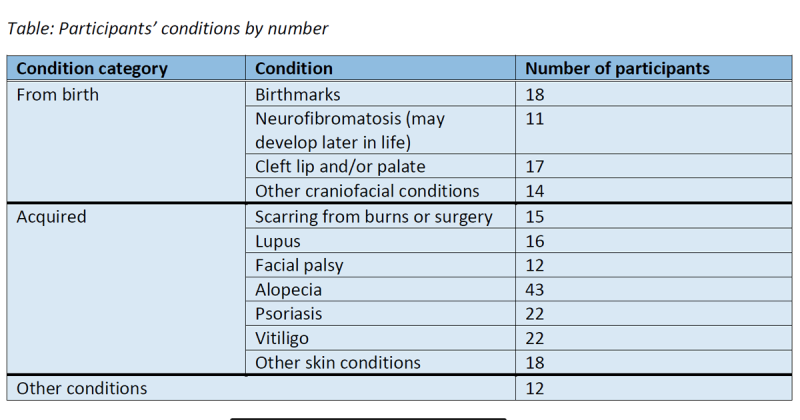
Filter News
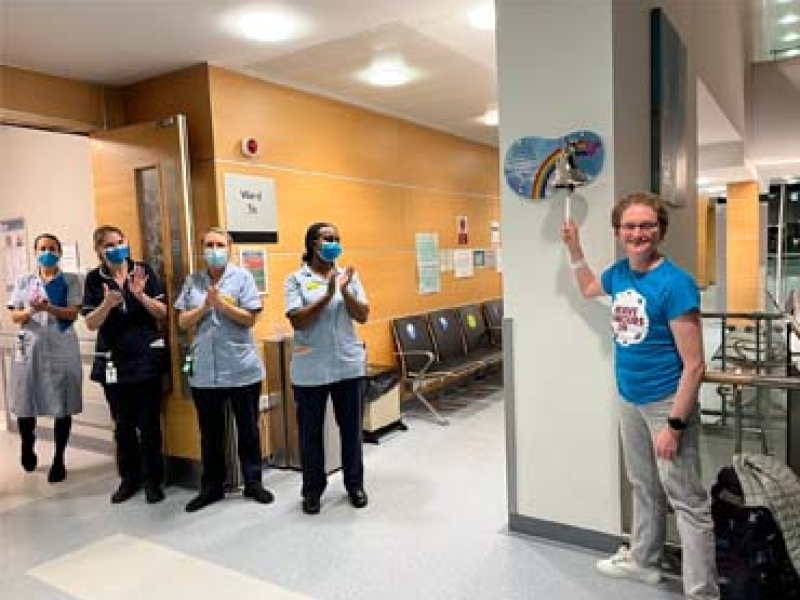
Joanna’s story
Joanna highlights the importance of women with NF1 receiving mammograms, and being able to train for the 2023 London Marathon
Read More
Mobile Device Usage by Young Children with Special Educational Needs (SEN) or Disabilities in Their Home
Research: exploring current use of mobile devices in the home - parents' perspectives & experiences
Read More
NF2 and Radiotherapy
Research: Studying the risk of serious side effects of radiotherapy in people with NF2
Read More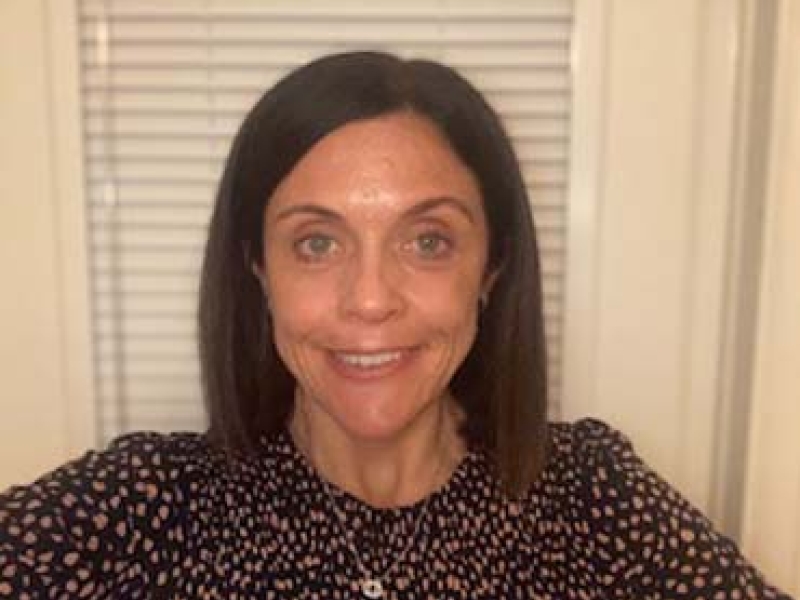
Sally’s NF1 story
Sally tells a story that will resonate - devastation at diagnosis, gratitude for incredible support & making the most of life
Read More
National NF2 Meeting
A report from the annual National NF2 meeting, with NTUK in attendance
Read More_370x280_800_600_s_c1.jpg)
NF International and National meetings in Manchester
NTUK reports back from the NF Patients Community Day and the 20th European Neurofibromatosis Meeting in Manchester
Read More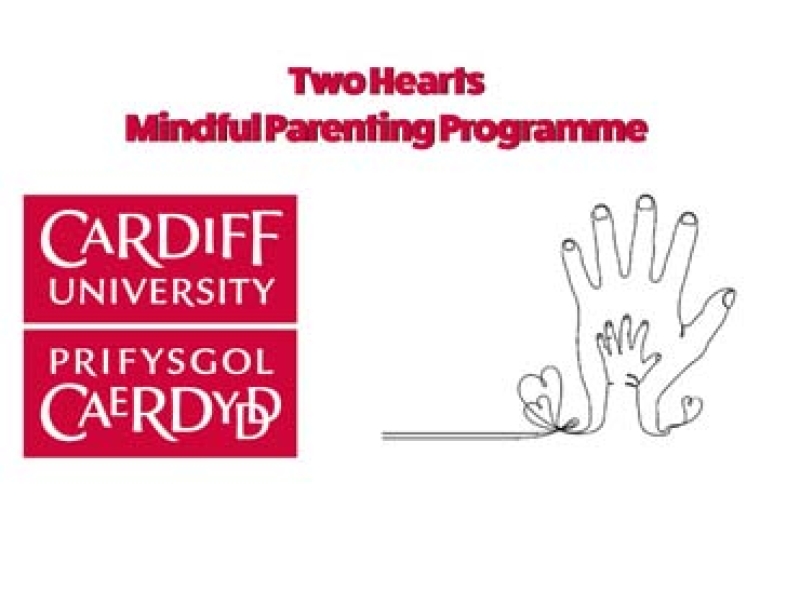
Mindful Parenting Study
Research study: Mindful Parenting Programme for parents or carers of children aged 4-16 living with a visible difference
Read More
Adam Buxton and some colleagues - NTUK Comedy Night
Join us at the Union Chapel, London on Thursday 24th November for the latest comedy night to celebrate 40 years of NTUK
Read More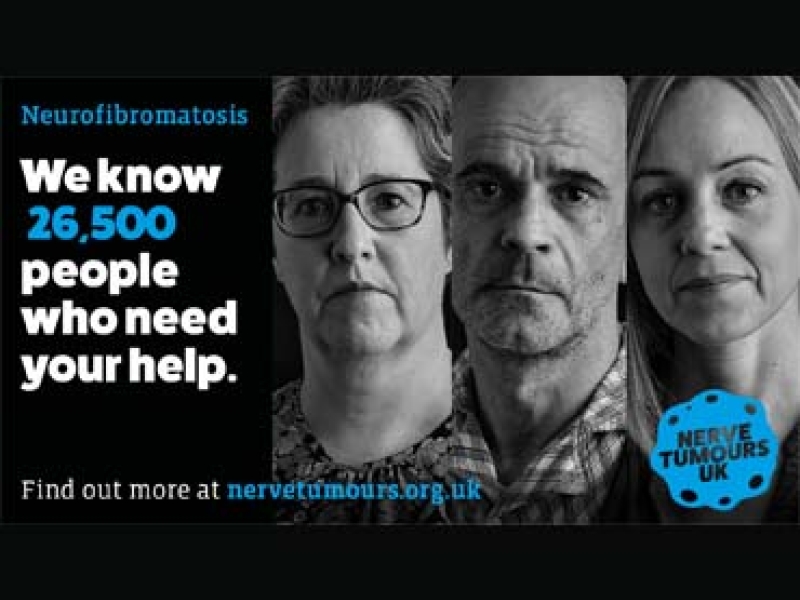
We know 26, 500 people who need your help
To expand our Specialist Neurofibromatosis Network, we need to continue raising awareness of what we do
Read More
